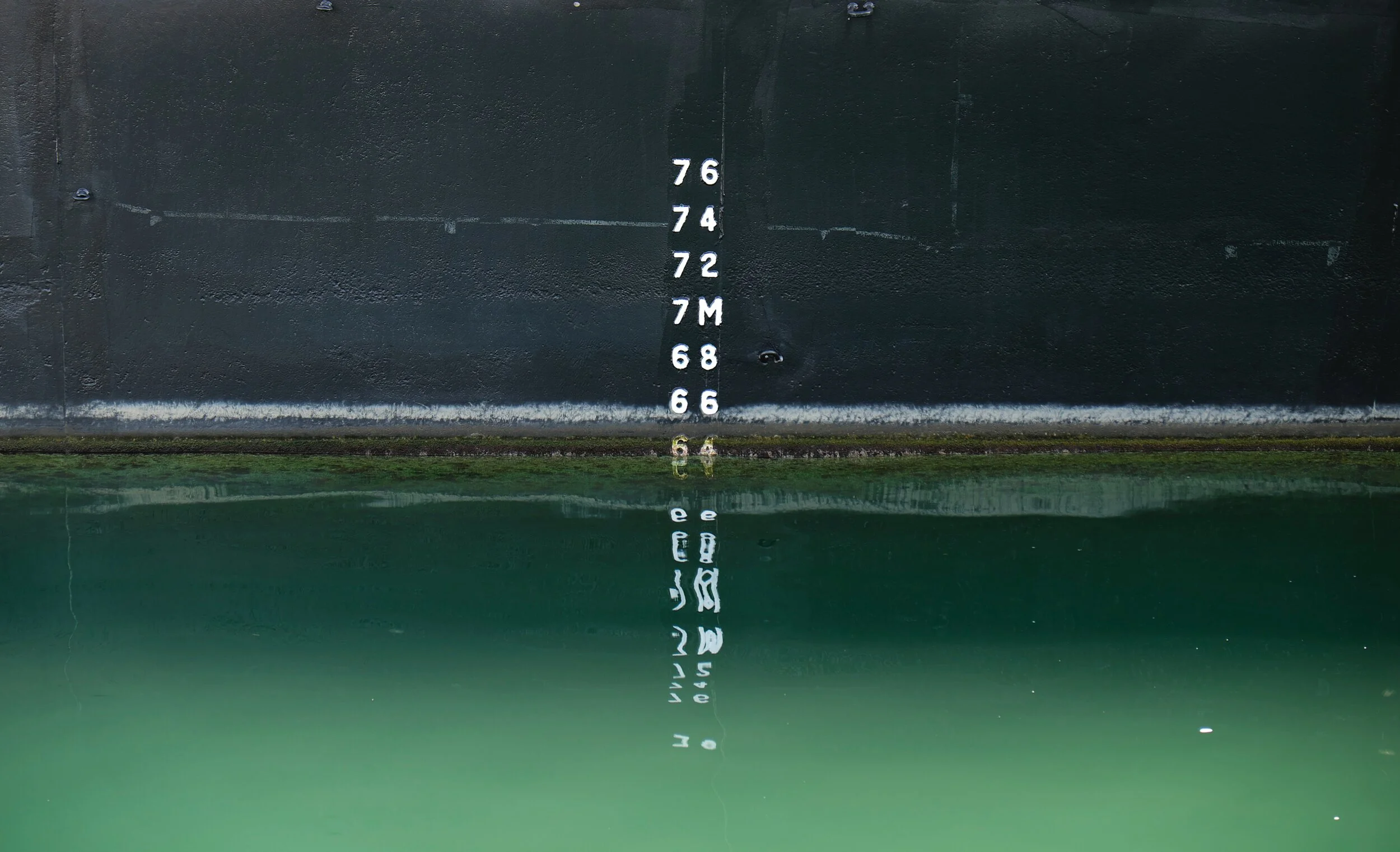What Are Lead & Lag Measures, Why You Need Them & How To Make Them Work
There is a giant difference between knowing a thing and knowing the data behind that thing.
– CHRIS MCCHESNEY, CO-AUTHOR OF THE 4 DISCIPLINES OF EXECUTION
A LAG measure tells you if you’ve achieved the goal, a LEAD measure tells you if you are likely to achieve the goal.
Let's say you want to get healthier or fitter. The lag measure (read goal) can be measured by your weight or BMI. However, to get there, you need to do some steps, take some action - maybe eat healthier, work out, sleep better. When you track these activities, you are using lead measures.
Why is it relevant to Hospitality & Service Industries?
I have loved the idea of lead measures since I first learnt about it in N Kano's Customer Service Model. I used that model to train a lot of people and set up what we call Active Empowered Processes.
Hospitality & Service requires attention to detail. Improving small aspects of the service, in incremental gains, can have a compound effect on the overall satisfaction of guests. A process is a series of steps. Measuring only Customer Satisfaction or Net Promoter Score at the end of the service does to allow you to make changes while you can.
Measuring lead measures, allows leaders to make changes, correct delivery of service to ensure that the end goal is achieved.
Actionable Insights
Break up activity into smaller parts and then measure it.
Use a metric that can be divided into smaller parts, a metric that can be measured, a metric that tells you when you have accomplished your goal.
Create vibrant, compelling measures.
Make it easy to measure. If the measures create more 'work', your teams will just ignore them.
Example - Hotel Rooms Revenue For A Particular Day
LAG Measure - Revenue from Room Sales. Calculated at the end of the day, during night auditing. There is nothing you can do to improve the sales once the night auditing process is complete.
However, if you had LEAD measures:
Booking Horizon - Starts 90 days before the date. You start measuring the number of reservations for a particular date. If this number is low, you push sales.
Confirmed Reservations - You start confirming your reservations for a particular date. This can start 7 days before the date.
Upselling - You can start tracking this is a Lead Measure from the first Check-In of the day.
Want to make this WOW?
Use this for healthy competition amongst your teams.
Breaking the measures down into smaller parts can make both learning and working fun. For example, break down the cleaning of a room into smaller measures: bed making, bathroom cleaning, restocking minibar etc.
Make it super easy for your teams.
For example, a common measuring system used to track washroom cleaning in hotels, restaurants is an A4 printout stuck to the back of the door in a plastic sheet, that the cleaner is supposed to sign off at a predetermined interval of time. What can you do to make this better? Allow them to take pics after cleaning and sharing it on a WhatsApp group or an app of your choice. You get the time stamp, you get a visual that can be compared to what the standards are set as and it is super easy for the team member.
"All winners are trackers. You cannot improve something until you measure it"
Your productivity measure has to be something that you can measure while the task is on. A lead measure so to speak, is not something that has the feeling of an autopsy.
A word of caution - Goodhart's law states that when a measure becomes a target, it ceases to be a good measure.
If you would like to develop lead & lag measures that remain great measures, get in touch. p.bedi@eclathospitality.com

